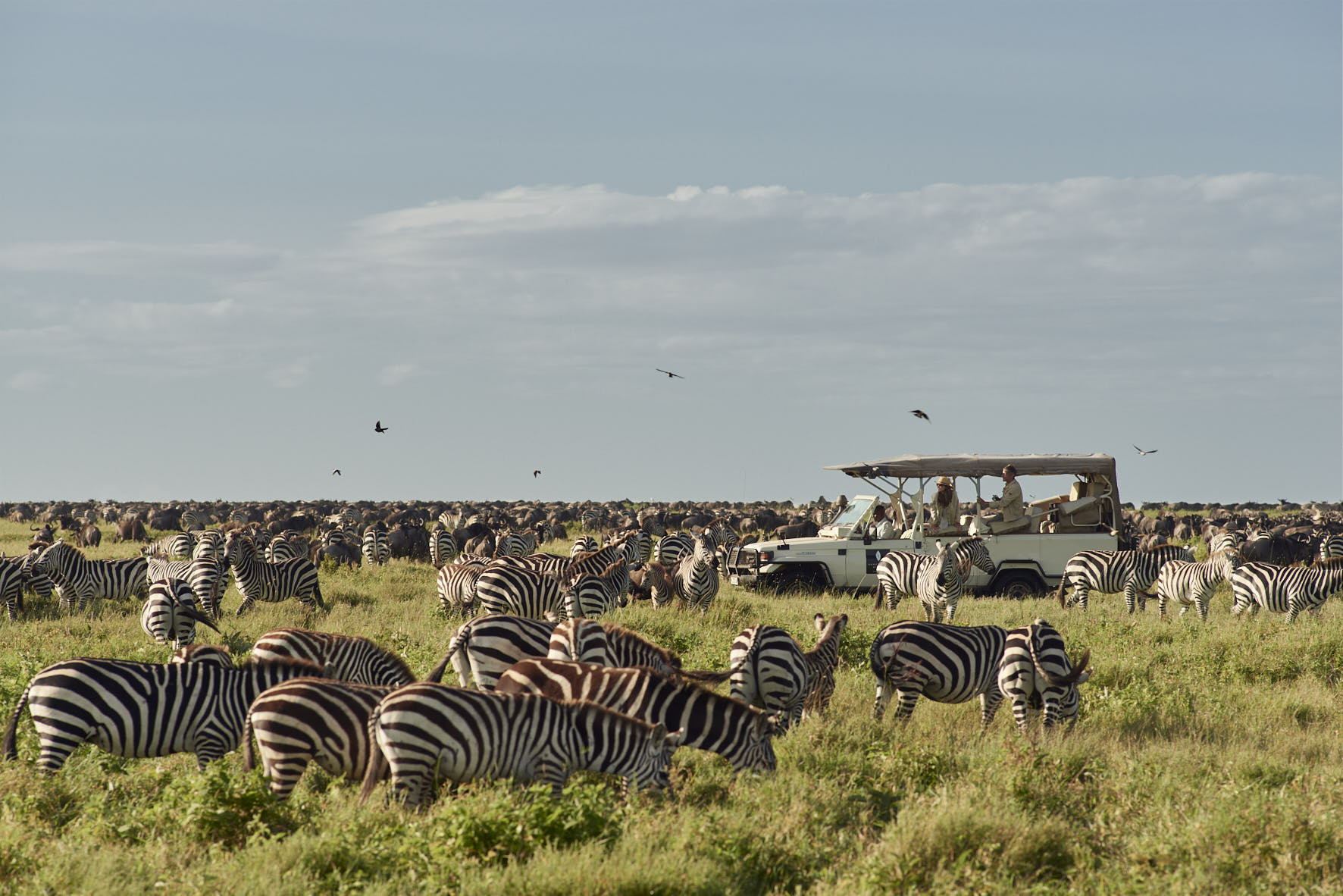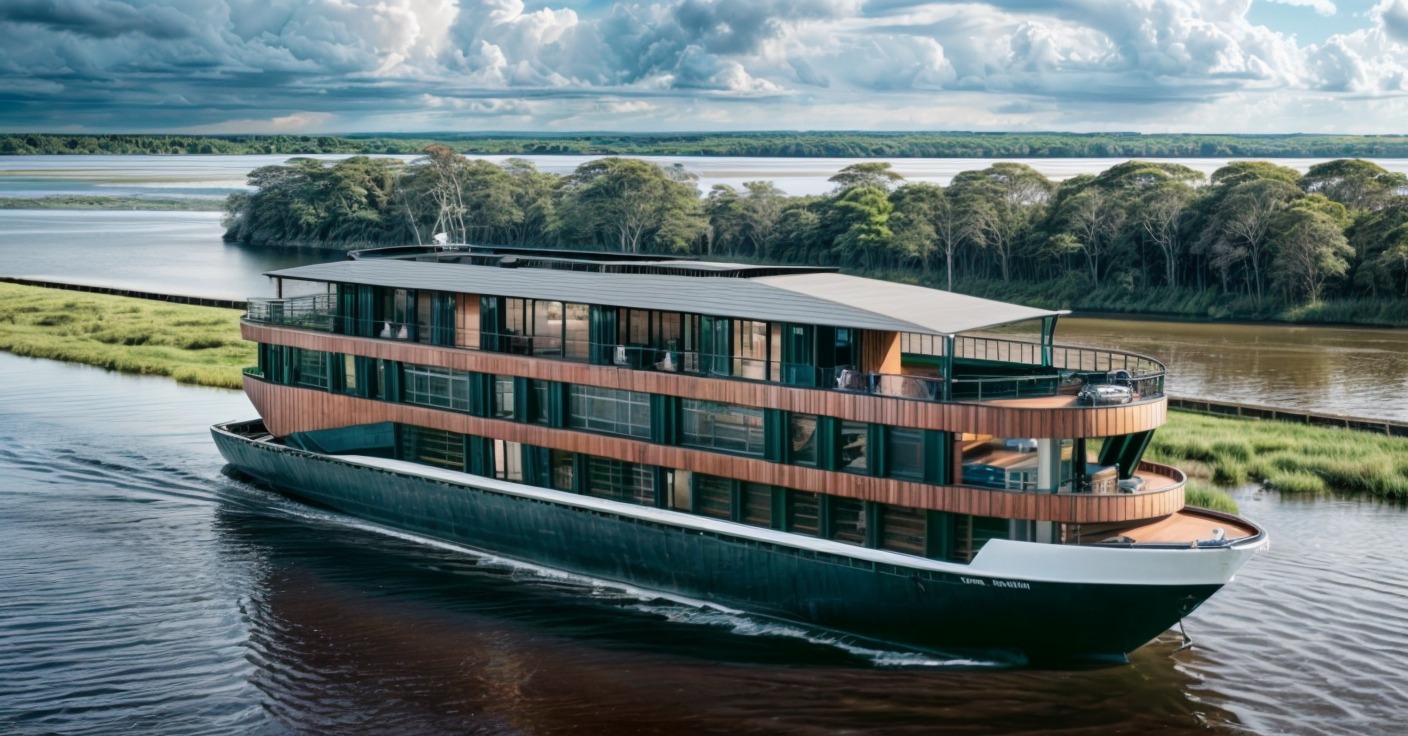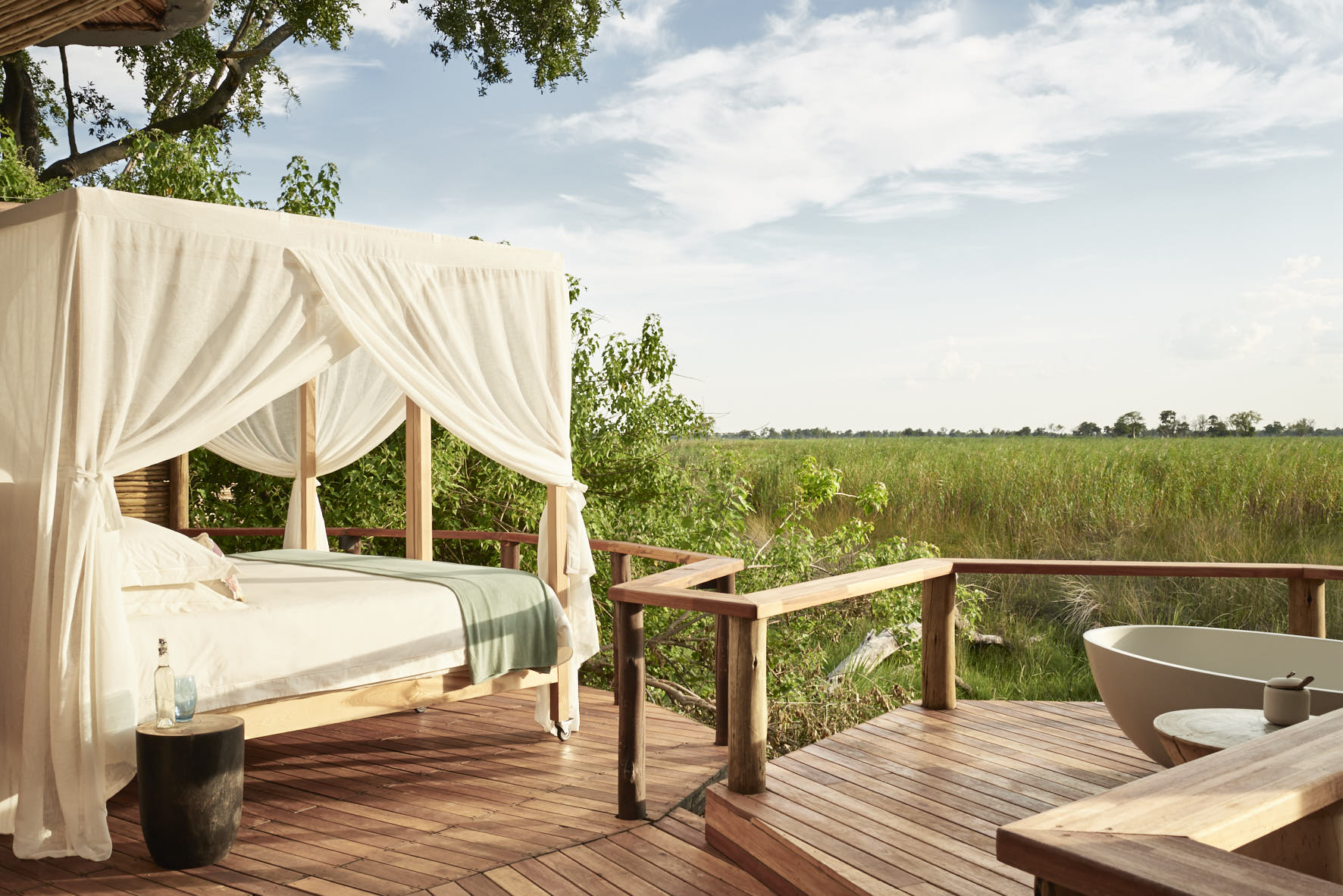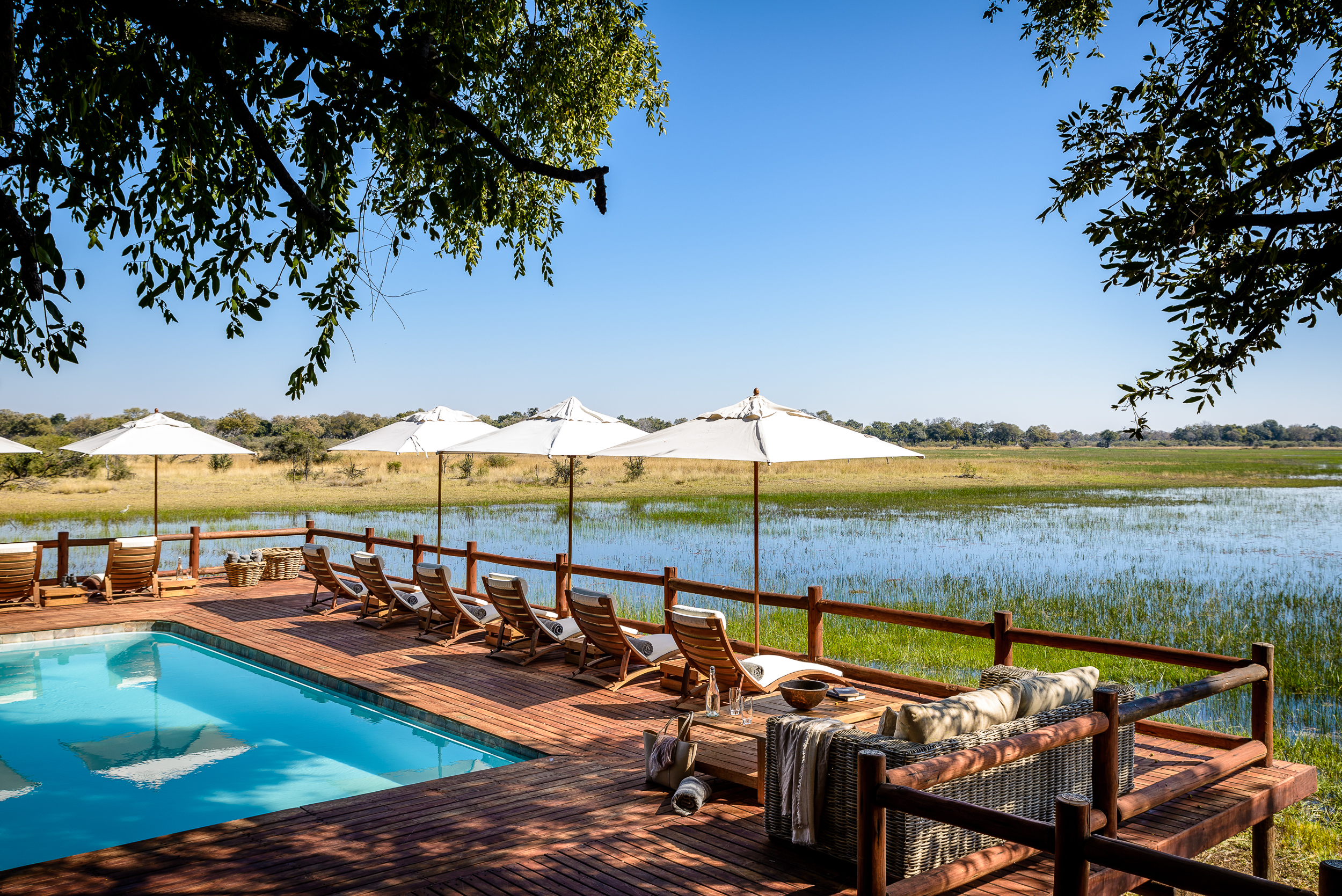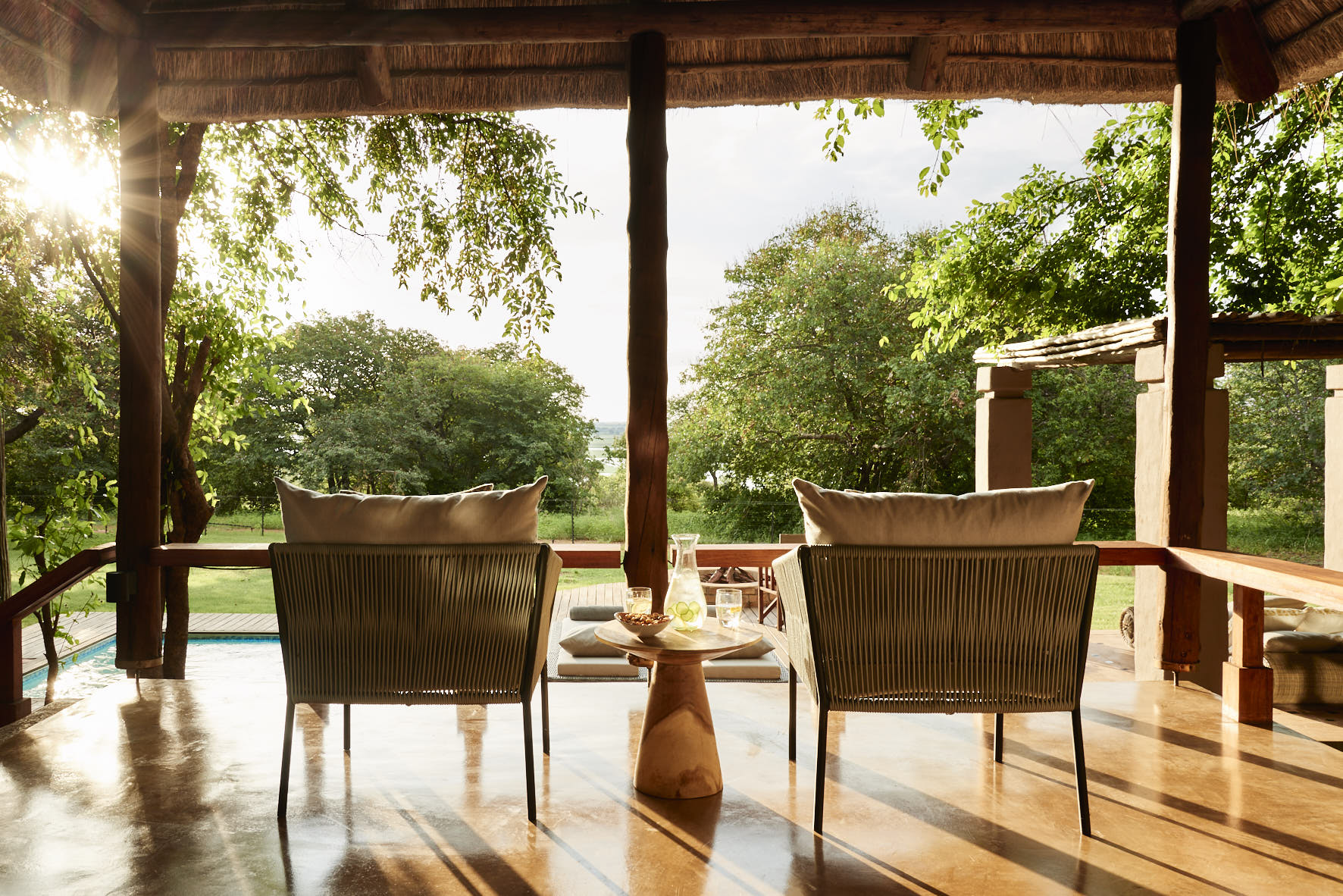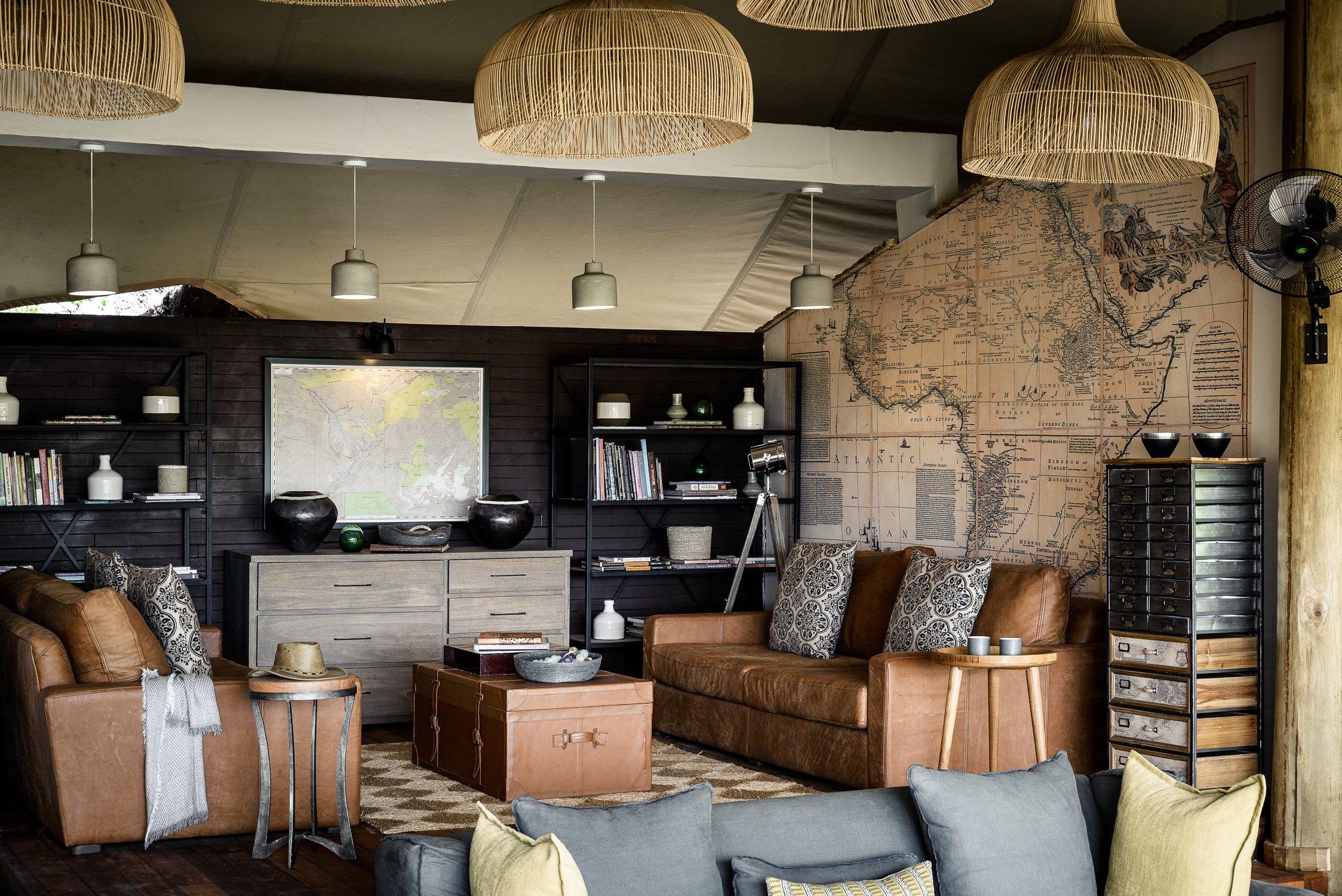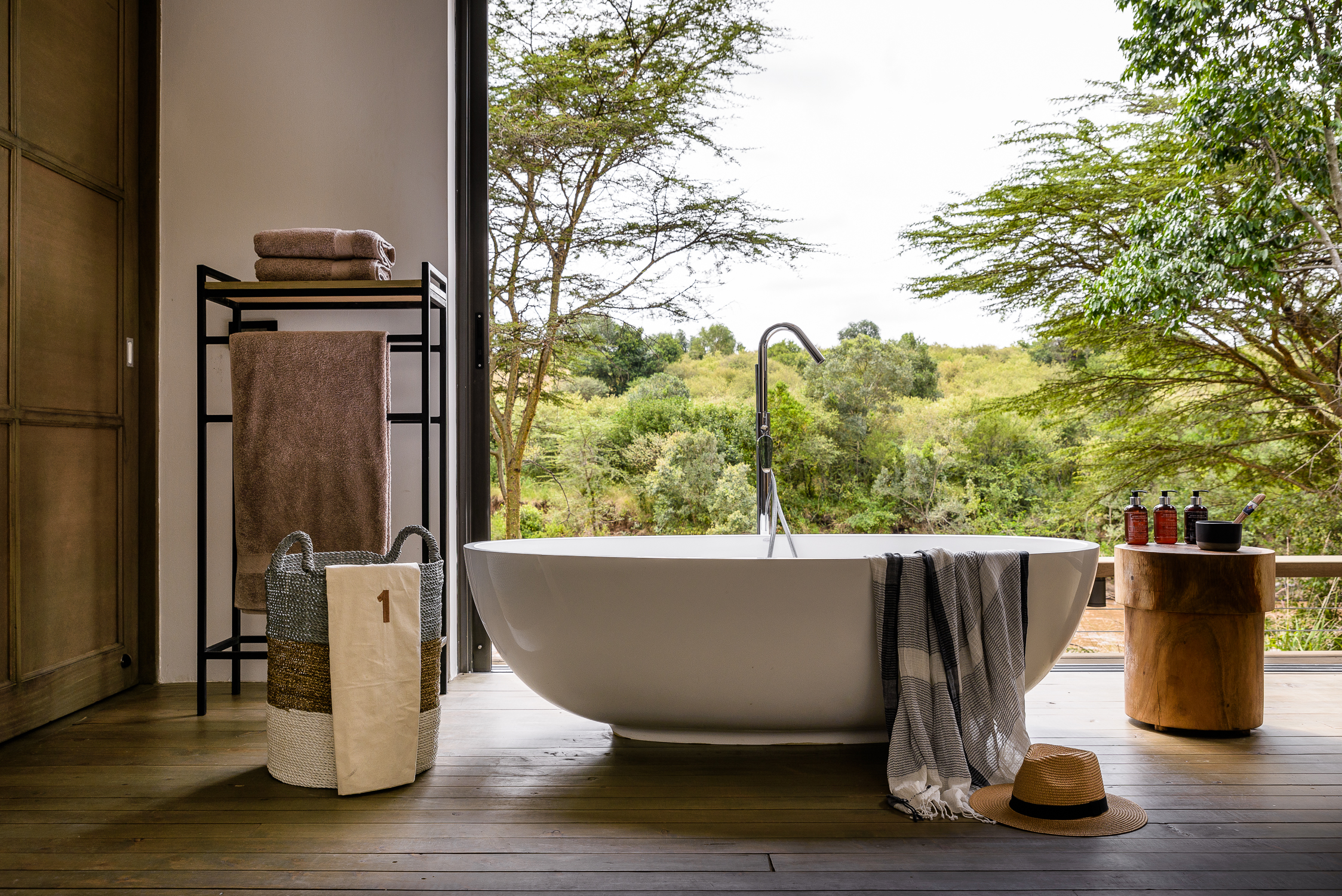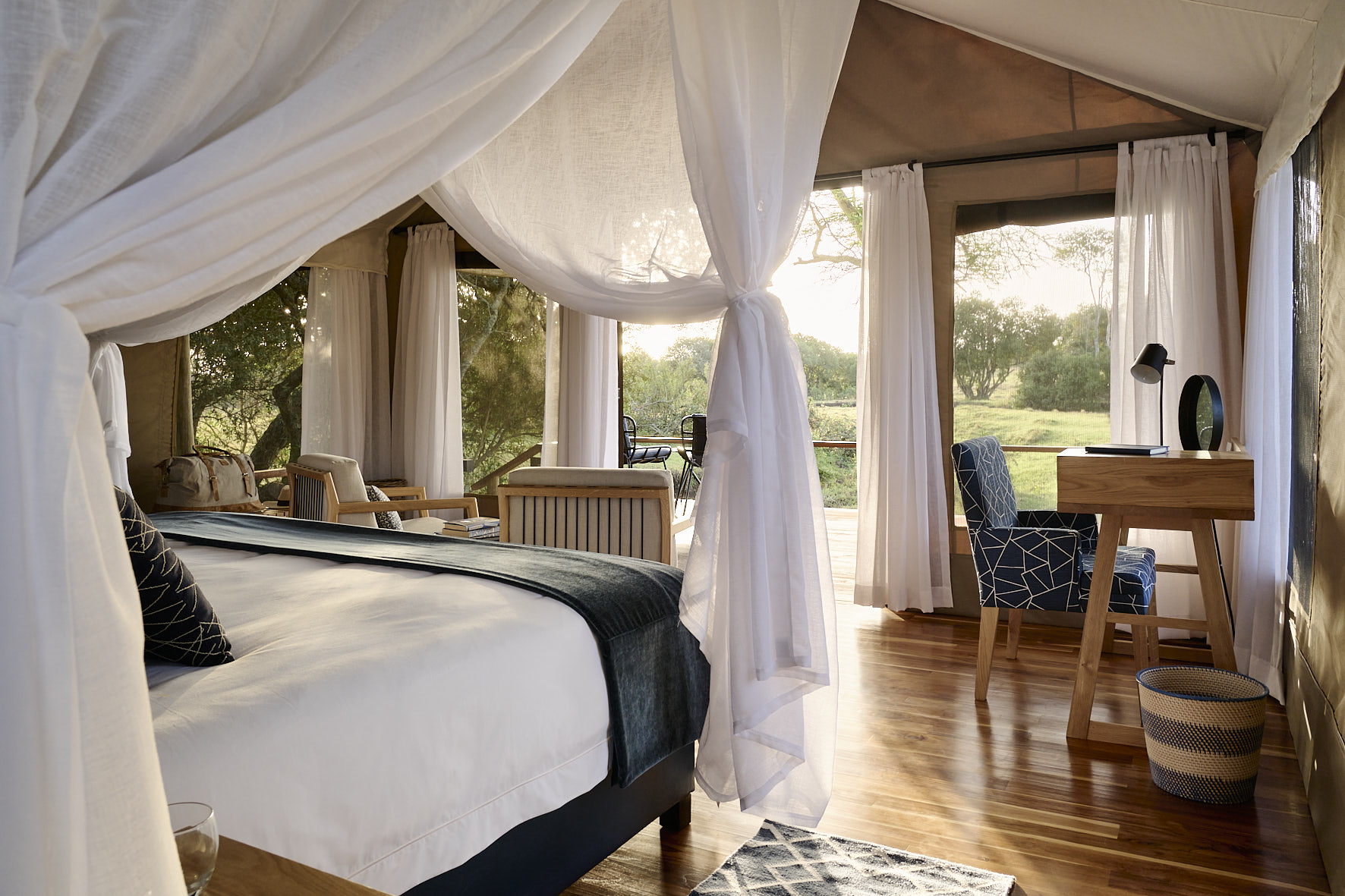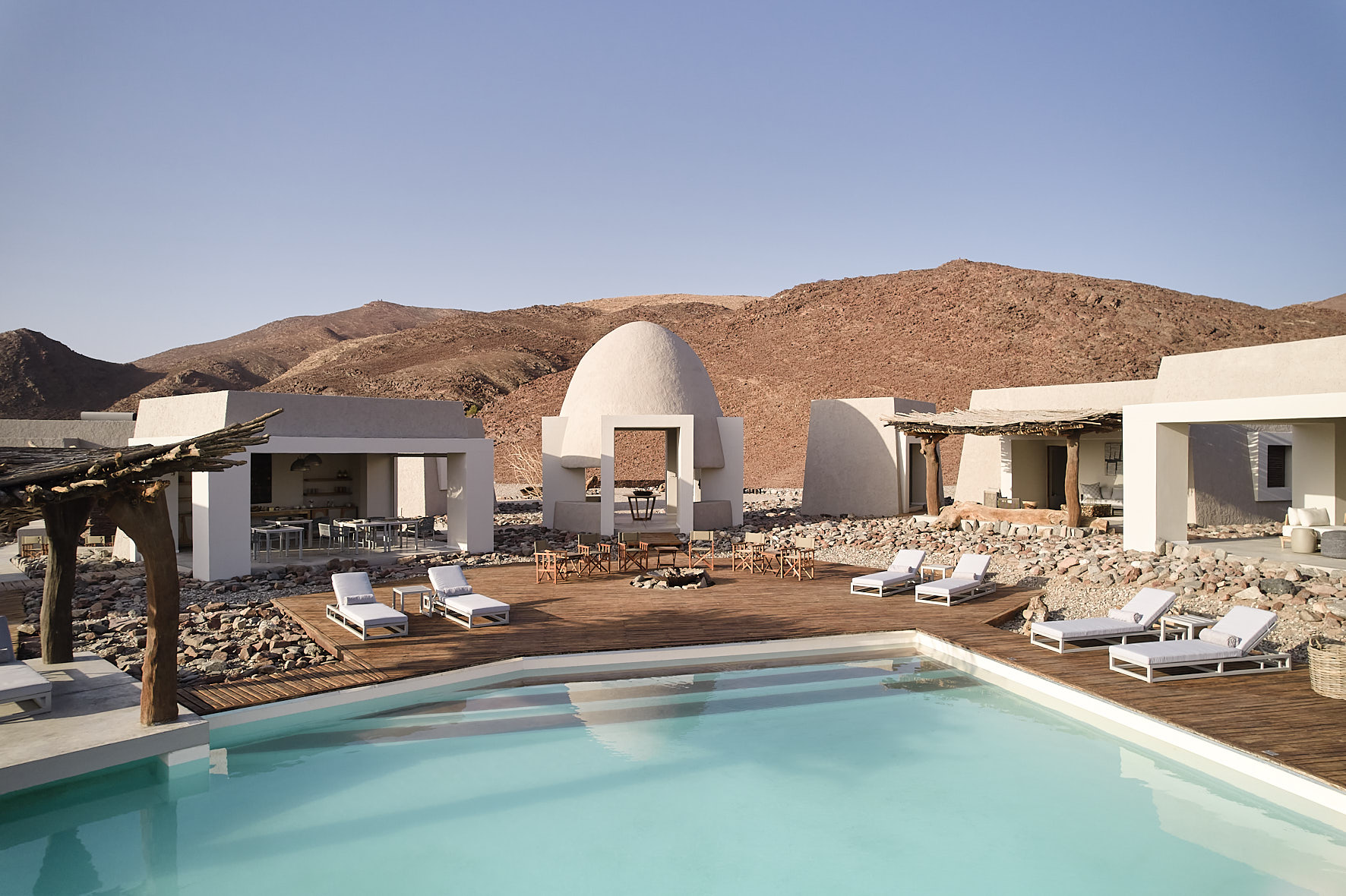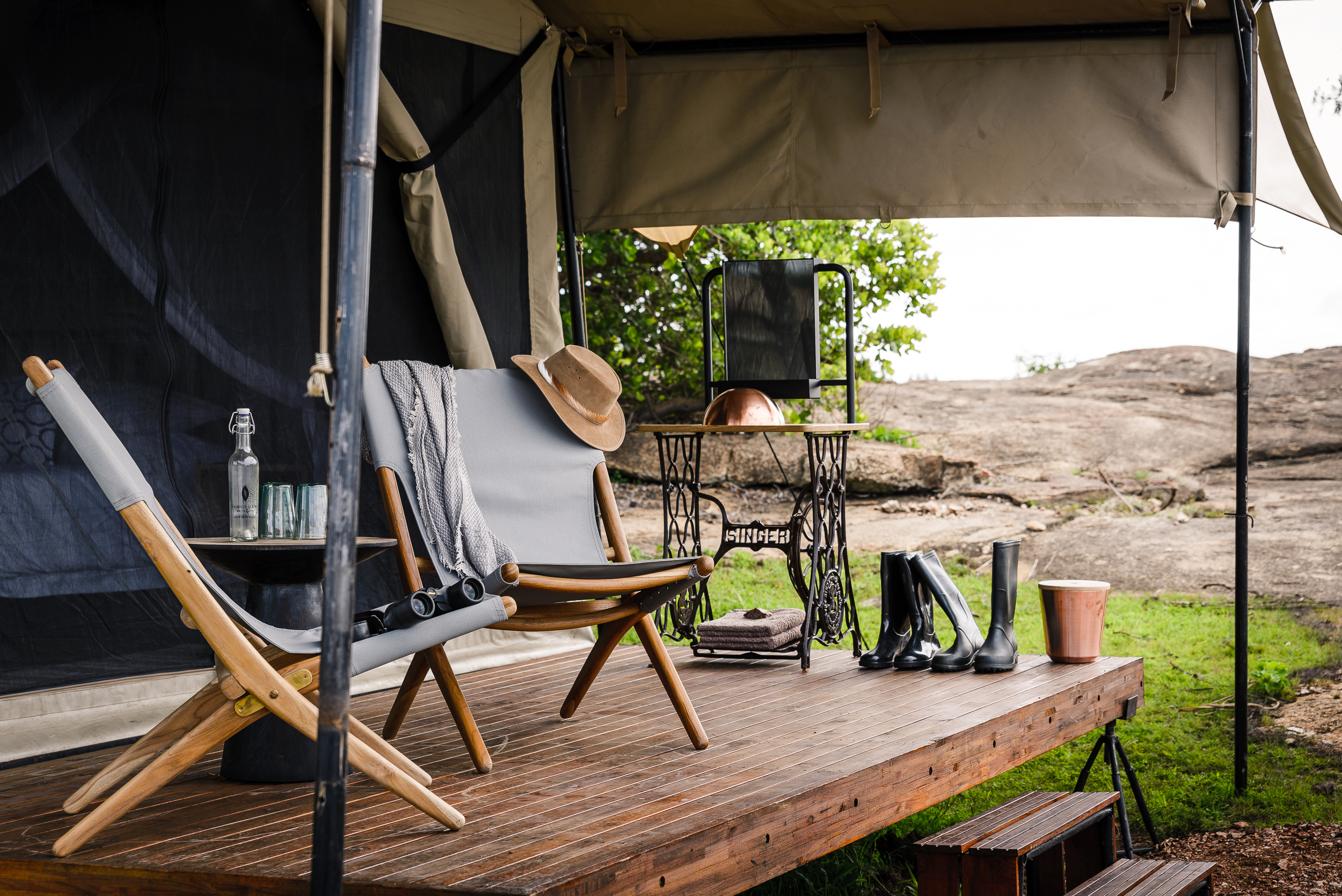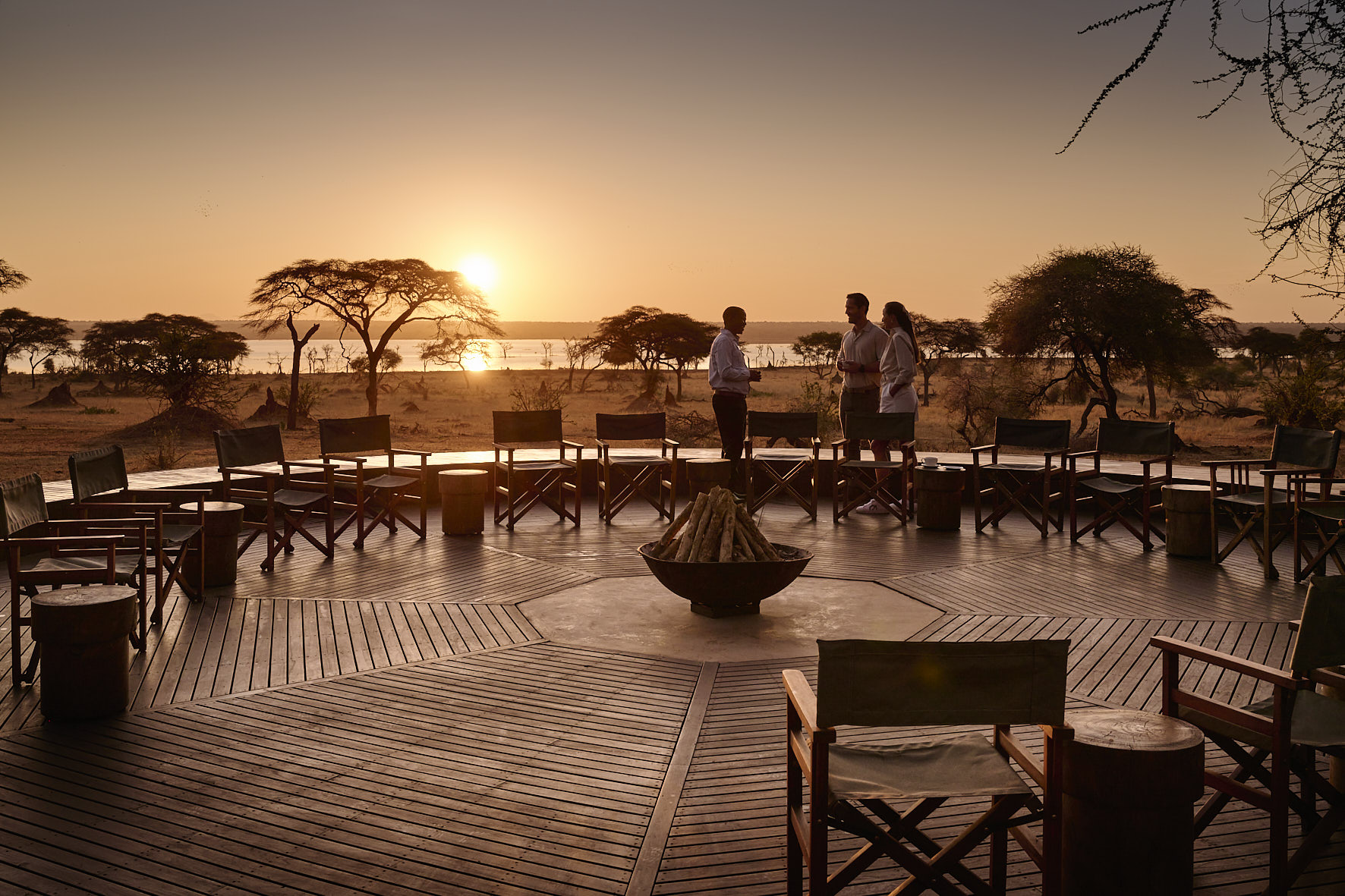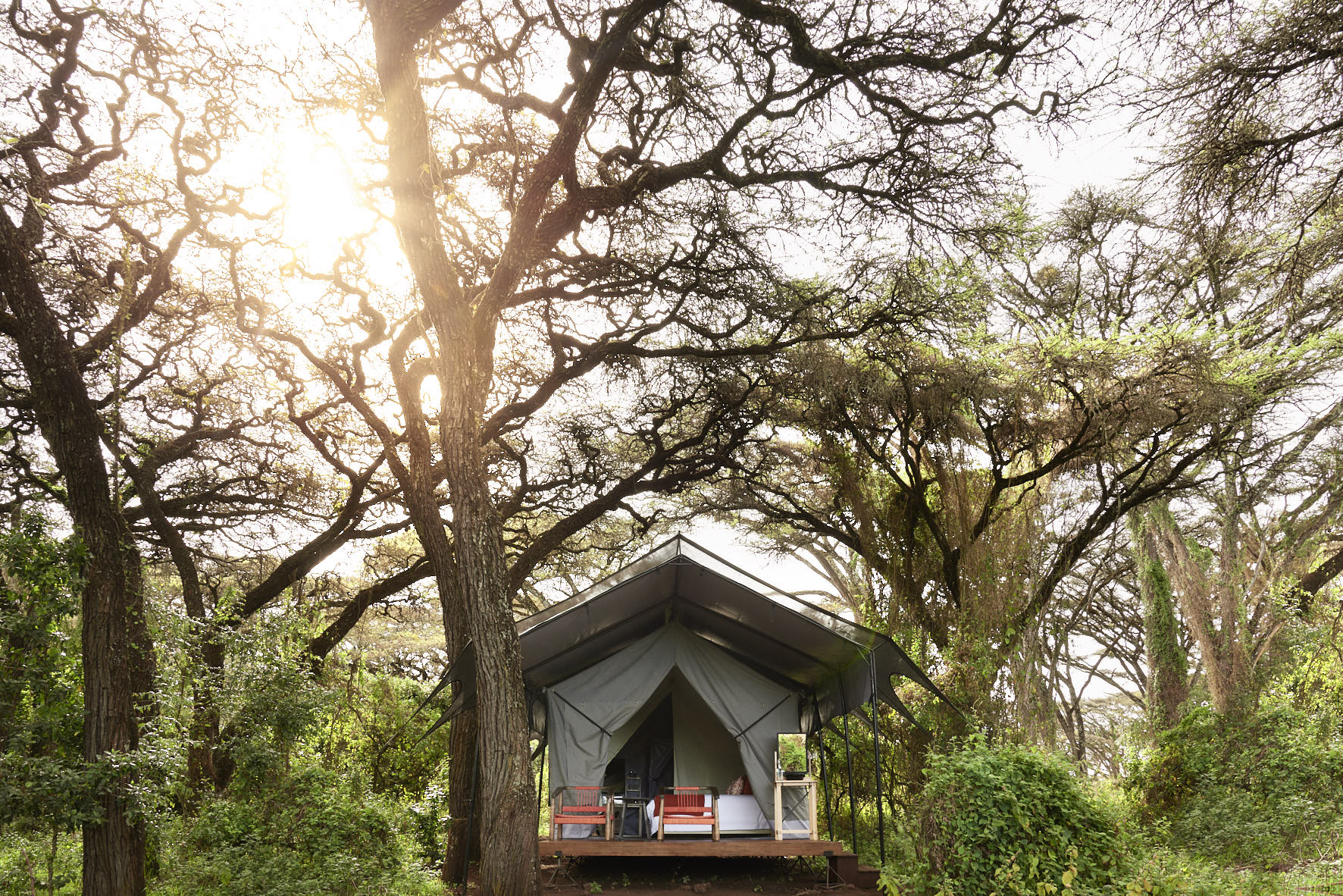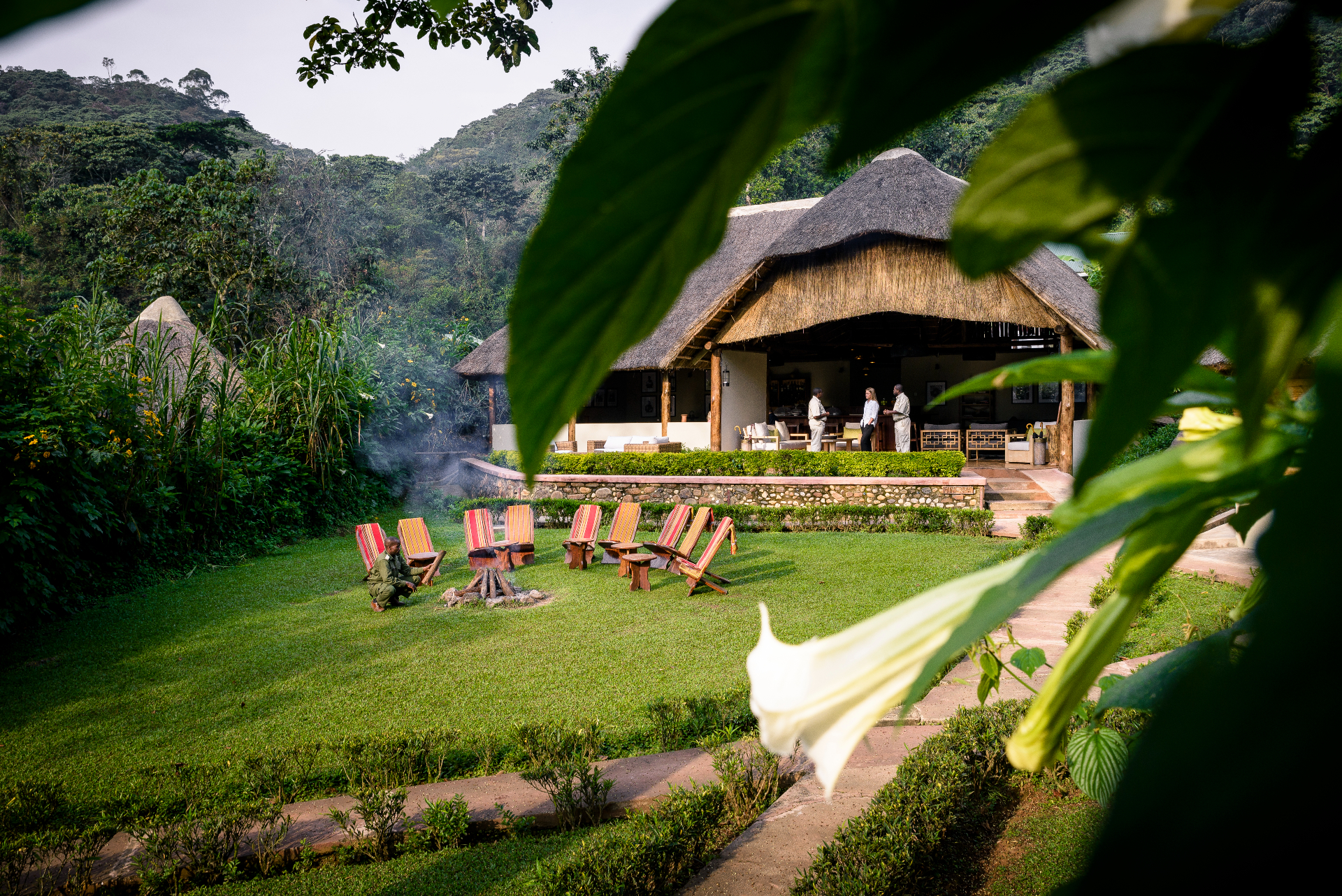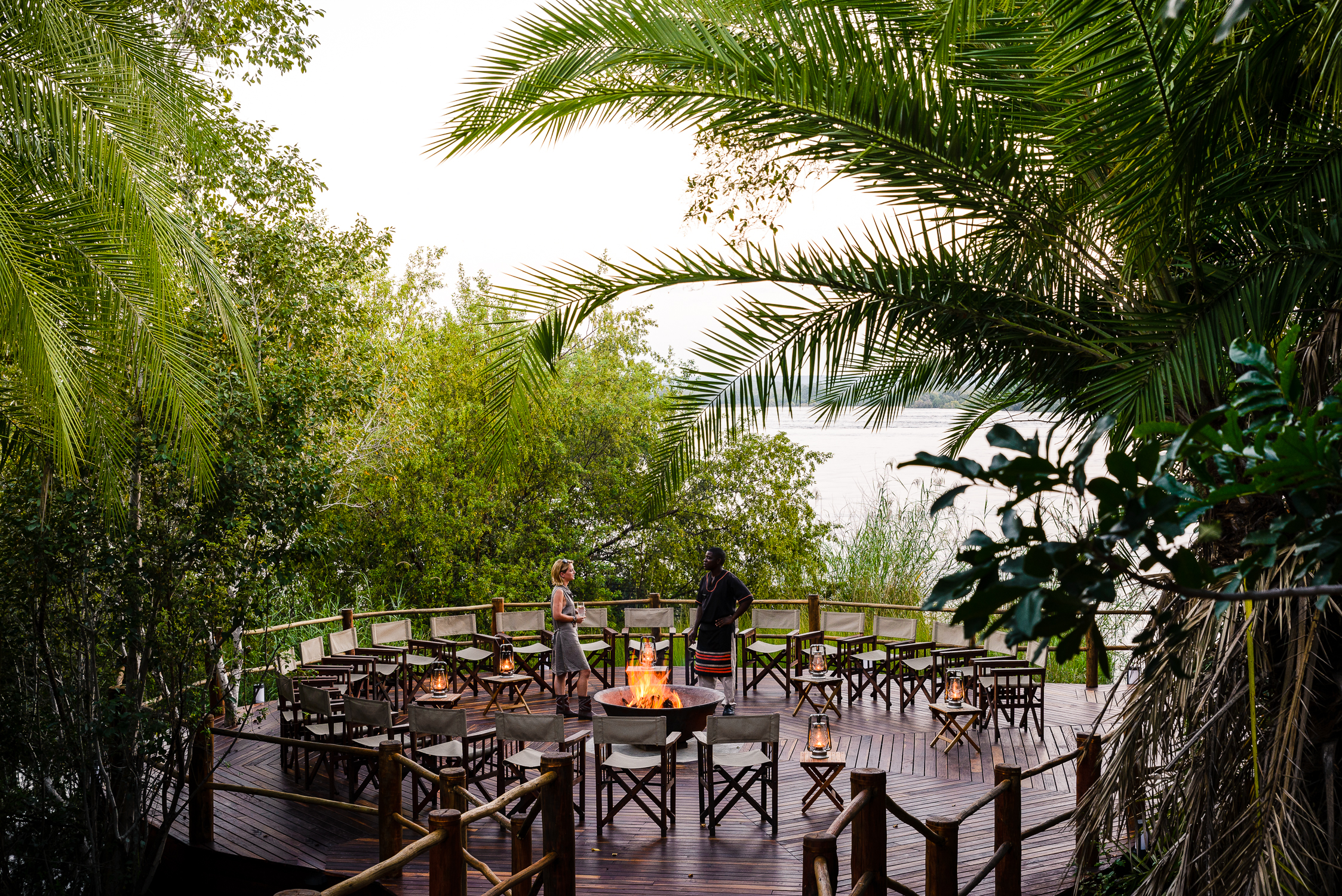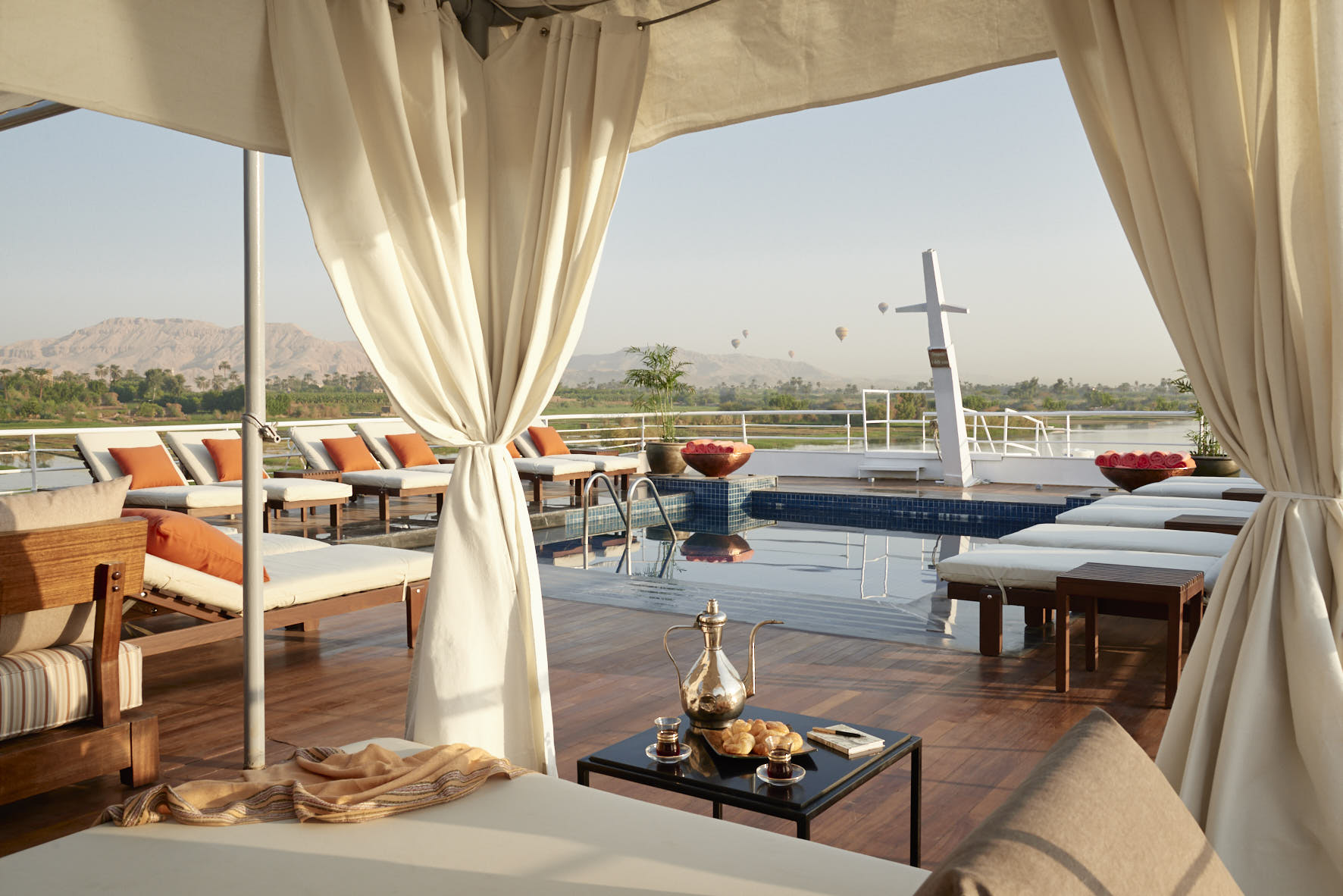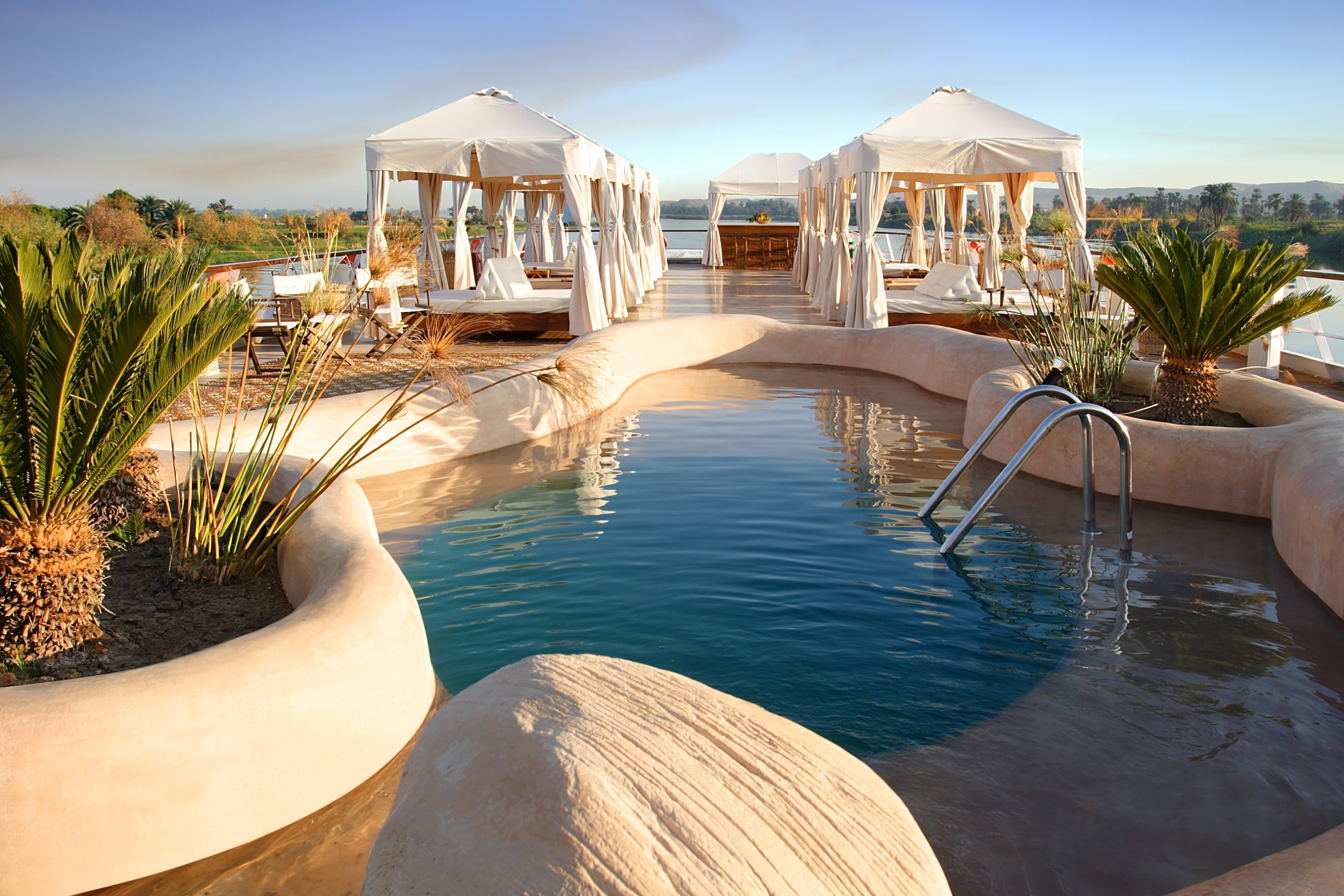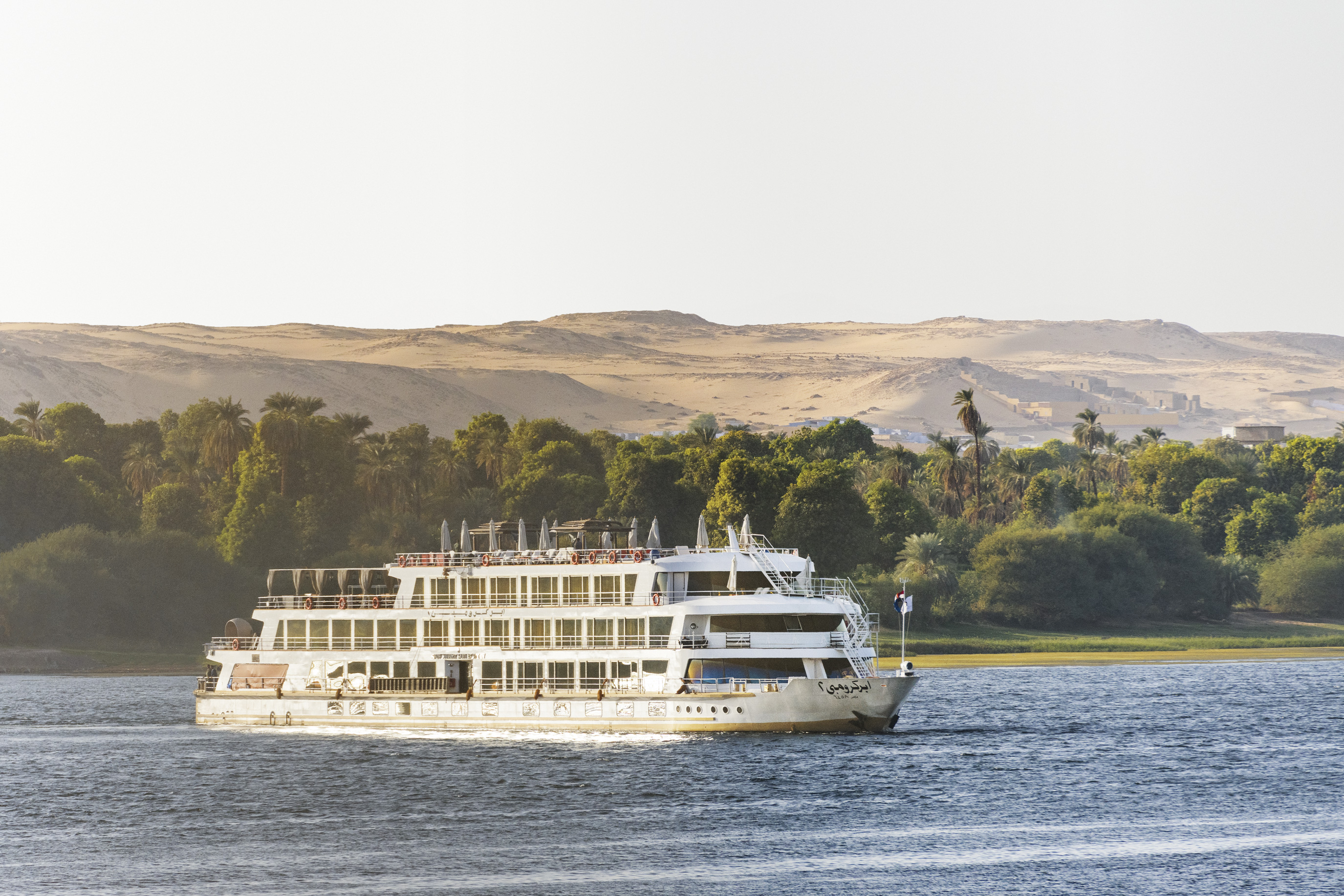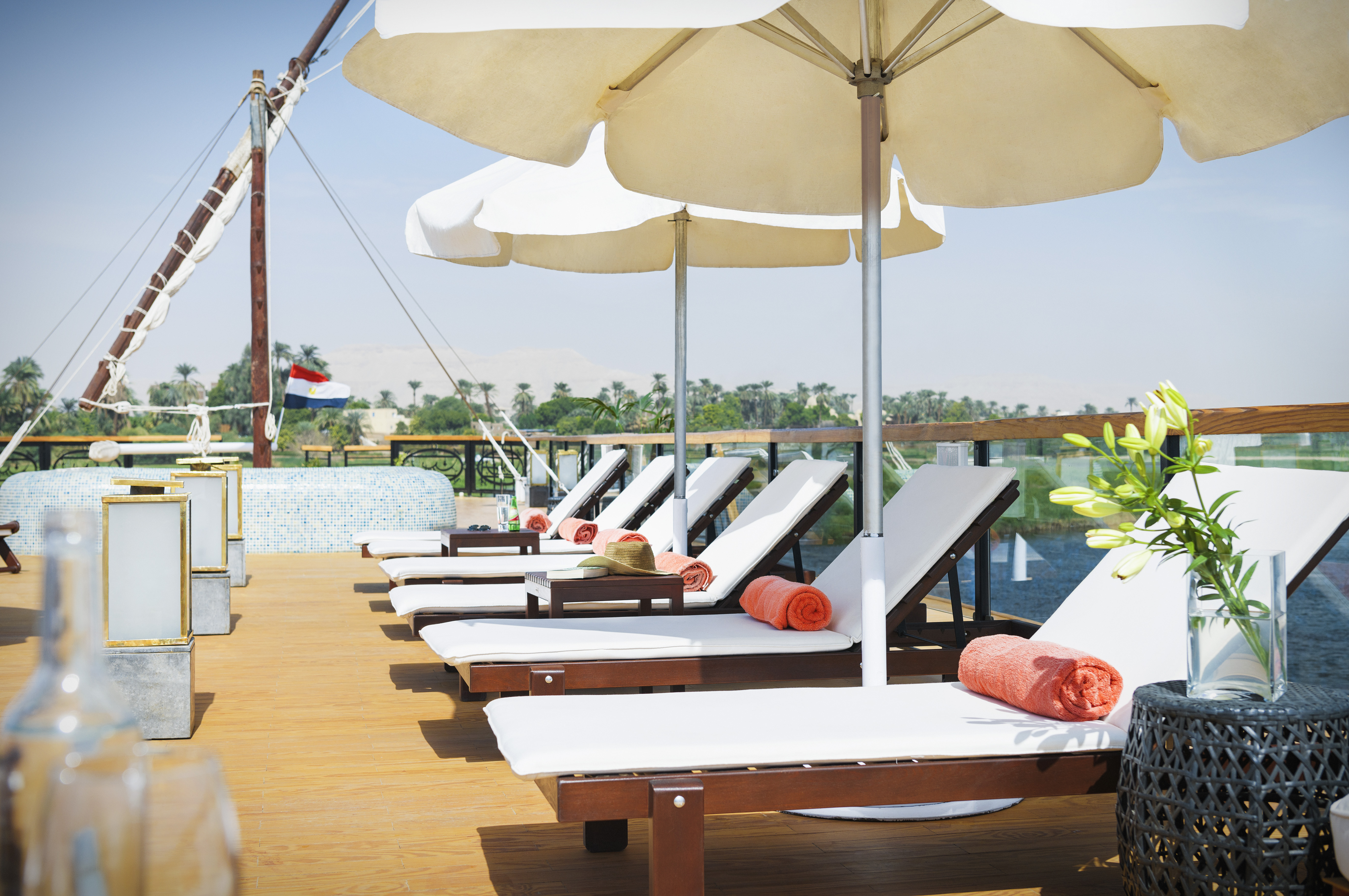
- “The more I walk, the happier I am” -
Devon Myers, Camp Manager at Sanctuary Swala
Devon has been guiding safaris across Africa for twelve years and took an interest in walking safaris early on in his career. He has many phenomenal stories to tell about his experiences and is a great advocate for guests sampling both this traditional safari form and the modern alternative. Walking safaris are a feast for the senses - listening to grass and leaves crunch under your feet, the sound of an elephant’s ears flapping against its neck, or the smell of a herd of buffalo on the wind are all wonderful ways to reawaken these senses, as you forge a more intimate connection with your surroundings.
The main attraction of a walking safari is the opportunity to explore nature in a naturally, non-threatening way. Generally, the animals are oblivious to the presence of guests on foot, so it is an amazing way to experience animals’ everyday behaviours. Whilst a game drive allows guests to get closer to wildlife and photo opportunities amplified. On a walking safari, you will encounter other forms of nature unexplorable from the confines of a vehicle including insects, tracks and nests.
What does a typical day look like whilst on a walking safari at Sanctuary Swala?
Sanctuary Swala is the most remote camp in the Tarangire, meaning the areas our walking safaris explore are not only teaming with wildlife but also void of vehicles. This provides a truly authentic experience for guests. Our walking safaris are available in the morning from 7am – 10am, or late afternoon from 3pm – 6pm. Each safari is tailor-made to suit the group’s requirements.
Every walking safari is different. Sometimes guests may be fortunate and encounter a great sighting early on in which case, the rest of the walk may be following and viewing those animals. Alternatively, it may become more of an expedition as the group discover tracks until a herd is found. This may take the group further, but it is a rewarding and unforgettable experience to find something by following the tracks.
We asked Devon Myers what is his most memorable sighting has ever been on a walking safari?
“I have been fortunate enough to see plenty of interesting things during walking safaris, including mating black rhinos and lion kills. If I were to choose one sighting, it would have to be watching a group of seven old buffalo bulls chase a pride of lions, forcing the lions to escape to the top of a tree. The lions had to wait until the buffalo had lost interest in them before they were able to come down and make for cover.”
We also asked what his favourite animal to track in the bush is?
“I enjoy the tracking and stalking of all game, but if I had to choose it would probably be buffalo. There are hundreds of eyes, ears and noses, looking, listening and smelling for what may be around them. This makes them a challenging group of animals to stalk and view without being noticed. I really enjoy the challenge.”
Worried about safety?
The absence of a vehicle, considered to be a safety net, can raise safety concerns. However, there is no need for fear. At Sanctuary Retreats, we take every precaution to ensure the safety of our guests, staff and the animals alike is maintained.
Before setting off, guests will experience a comprehensive safety briefing covering everything from communication to emergency procedures. For example, hand signals, the clicking of fingers or tongue movements may be used to communicate. These natural sounds are likely to go unnoticed by the animals, whilst adding new experiences and a degree of excitement.
During a walking safari guests will be accompanied by a guide and a TANAPA (Tanzania National Parks) Ranger. The guide will lead from the front and the TANAPA Ranger will follow the group, keeping an eye out for wildlife from the rear.
It is a legal requirement to carry a rifle whilst guiding walking safaris in a ‘big game’ area. This is for the protection of guests and is there as an absolute last resort. The rifle is extremely unlikely to be used and Devon has stated that “in my career as a safari guide, and thousands of hours guiding guests on foot, I have never had to fire my rifle on a walking safari; this is a record that I endeavour to keep.”
Exploring the bush on foot offers a wealth new experiences and we cannot recommend it highly enough.





